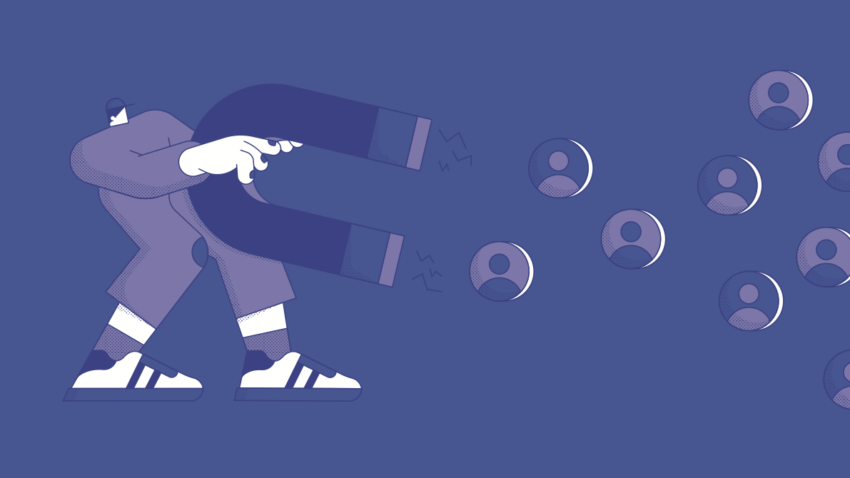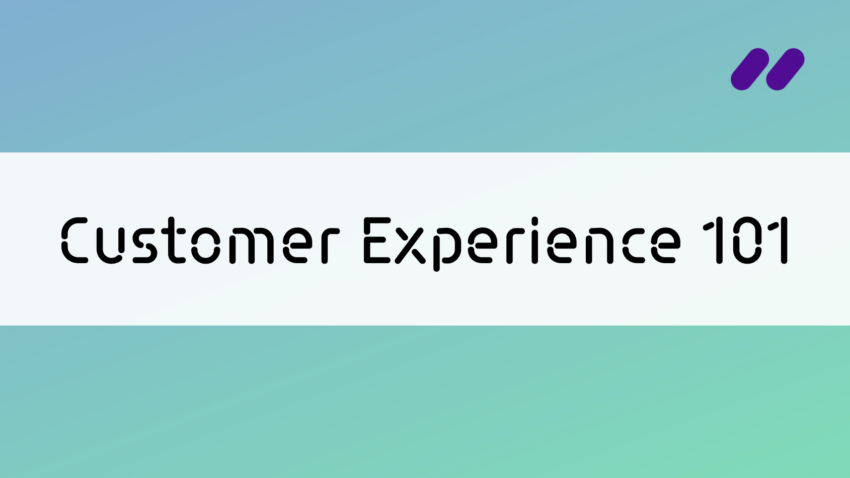Marketing professor Edward Malthouse was a fan of Aldi grocery stores in the US. His wife is German, so he appreciated the store’s imported products from Europe. “I was delighted when Aldi created an app, but the installation was a total pain. When I finally got the app to launch, it only listed current sales in the store—no added features, no bells and whistles,” says Malthouse, Research Director of the Spiegel Research Center at Northwestern University. “It was a letdown. That’s the exact moment when customer disengagement can creep into the picture.”
On the phone from Evanston, Illinois, Malthouse defines customer disengagement as the buyer’s perception that a brand can’t meet their rational or emotional needs—so people stop listening to the brand and possibly go elsewhere. “For the past five to ten years, engagement was the hot topic for marketers looking to increase their company’s market share,” he says. “Now there’s a shift to look at the flip side.” Malthouse was ahead of the curve, being among the first to delve deeply into customer disengagement 15 years ago, while investigating why droves of readers were abandoning newspapers and magazines.
“We did surveys and learned about ‘the overload experience’,” he recalls. “That happened when a brick of a newspaper arrived at readers’ doors every Sunday morning. Customers knew they couldn’t read the entire thing, which reminded them of their inadequacies. That was one of the main reasons they stopped reading. Some canceled their subscriptions—the ultimate disengagement.”
The high cost of disengagement
Jim Novo, former Head of Education at the Digital Analytics Association, has been telling people to pay attention to disengagement for years. “It gets neglected because exciting new channels keep popping up. It’s always more fun to dive into a new channel than look back at why an older channel might be failing,” says Novo, author of Drilling Down: Turning Customer Data into Profits with a Spreadsheet, an industry bible in its third edition.
Disengagement costs far more than the cost of acquiring a new customer—due to the added damage done by negative reviews
“If you ask a CEO or CFO, everyone says they care about disengagement, but the proof is what they’re willing to do about it,” he says on the phone from Florida. “And they should do something because disengagement costs far more than the cost of acquiring a new customer—due to the added damage done by negative reviews.” Indeed, a recent study from the Pew Research Center says that 40 percent of adults almost always read product reviews before purchasing a product. Moreover, 82 percent sometimes read online reviews.
That’s why Meta S. Brown, an expert in data analytics, is flabbergasted when companies don’t try to extract deeper insights from feedback. “If customers take the time to write comments and posts, or answer surveys or talk to customer service, it’s because they have something to say,” she explains from her home base in Chicago. “If you don’t take the time to use the data, it’s a breach of trust.”
Brand strategy expert Robert Passikoff agrees with Brown, adding that a sense of broken trust is often behind customer defection. The 2018 Global Consumer Insights Survey by PwC ranks consumer trust as the second most important factor in a customer’s decision-making process, following inventory status (e.g. Is the product I want in stock? Do I trust this company to satisfy me?). “Brand disengagement is a death sentence, so it’s ridiculous not to keep trying to emotionally engage customers and listen to their feedback,” says Passikoff, President of Brand Key and best-selling author of Predicting Market Success.
When talking about customer disengagement’s effect on the bottom line, Passikoff points to Budweiser beer. “Budweiser throws lots of money at making Superbowl ads, with their Clydesdale horses and their puppies. Everyone loves the ads, but the ads have nothing to do with the beer, so people tune out and ultimately get turned off,” he says. “Budweiser has been losing market share and revenue every quarter. They didn’t correctly leverage the heritage of their Clydesdale horses to add value to the brand proposition. There’s a disconnect—a broken trust. It can take your company into a death spiral.”
The expectation race
Dissatisfied customers are at least three times more likely to spread negative messages
But ineffective TV commercials aren’t Passikoff’s biggest concern. He’s keeping an eye on consumer expectations. “They grow every year by about 20 percent, taking into account things like package delivery and customer service,” he says. “But companies can’t keep up. They can only improve by between 4 and 8 percent every year. That leaves a pretty big gap for a competitor to better meet those expectations. And we know that dissatisfied customers are at least three times more likely to spread negative messages.”
To help manage expectations, companies need to improve their sight lines across all channels so they can more fully understand customer experience, according to Tom Collinger at Northwestern University. Collinger is the executive director of the Spiegel Research Center, where he works with Edward Malthouse, our grocery shopper who was disappointed by the Aldi app. This fall, they published a new study, How B2B Engagement Drives Revenue.
The study also yielded key insights about disengagement. “No longer can companies risk annoying their customers by contacting them with too many emails, too many sales pitches, too much promotion, creates a fatigue effect that leads to disengagement,” says Collinger on the phone from his office at Northwestern. “The time has come for a coordinated contact strategy. The old blanket approach doesn’t work anymore. The way a company reaches out to Microsoft should be different from the way it reaches out to IBM. This is called account-based marketing.”
The old blanket approach can give a false positive for disengagement. To illustrate his point, Collinger creates a fictitious example: If Deloitte or McKinsey sends out a white paper on cyber security to a range of prospective clients, one of the prospects, say, Shell Oil, might be more interested in risk management for handling oil spills than cyber security. “Shell may not download the white paper on cyber security, but it might have downloaded a white paper on risk management,” he explains. “The practice of sending out more relevant content within channels is a huge sea change in the marketing industry.”
Who’s fighting the good fight against disengagement? In Collinger’s opinion, it’s the companies that listen to feedback
So, who’s doing it right? Who’s fighting the good fight against disengagement? In Collinger’s opinion, it’s the companies that listen to feedback. “The ones winning this game are, among other things, asking customers how often they want to be contacted and by what means… and then they listen. Many of the utilities and phone companies are doing it right,” he notes. “The next step is the biggest boulder sitting in front of B2B—change management. This means not managing by channel and getting company-wide engagement that correlates with business results.”
Meanwhile, back at Aldi, their grocery store app downloads without difficulty these days, but the content is still rather uninspired. And Edward Malthouse has a positive update about the experience of overload that caused disengagement from news media at the beginning of the digital era: “The New York Times solved the problem,” he says approvingly. “They listened to feedback and created ‘Your Weekend Briefing’ in print and online. They’re surviving.”


